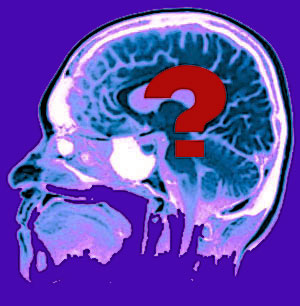
NEP degrades amyloid, but as one ages the NEP in brain decreases leading to risk of Alzheimer’s disease. Therefore researchers have determined boosting the production of NEP as a solution.
According to the research conducted on the flies, the increase in the production of neprilysin can counter the formation of plaques and thereby reducing the chances of neuron death witnessed in case of the Alzheimer’s.
Boosting the NEP production is a very interesting therapy and described as ‘attractive’ as well since it has proved to be useful enough in case of studies conducted on mice. There was however one important point pending to be clarified by the researchers and that was the over-activation of NEP. Till date, there was no study looking into the ill-effects of the over-activation of NEP. It is important to find the negative points of boosting NEP production since there must be a reason why nature steps back and switches off NEP!
Well, yes looks like there is reason as to why nature just turned off the NEP. When the lead researchers of the study, Koichi Iijima and Kanae Iijima-Ando used the transgenic fruit flies that express NEP found in humans and/or amyloid-beta protein, the NEP did cut the plaque and reduce neuron damage. Unfortunately what the NEP also did was it lessened the CREB proteins’ activities reducing the average life-span of the flies to only 10 days. Otherwise, normally flies have an average-life span of 60 days. However researchers also note that the flies expressing NEP lived longer than the flies expressing amyloid protein.
The study is thus a case study that explains the need of critically and carefully considering the treatments for Alzheimers and similar disease associated with normal aging. Let’s hope that the researchers find a breakthrough to the problem of ill-effects of NEP.
